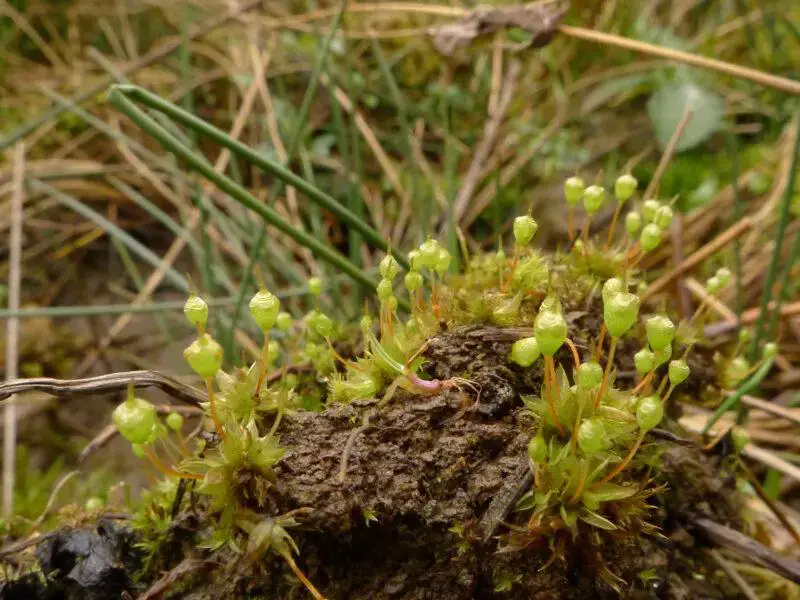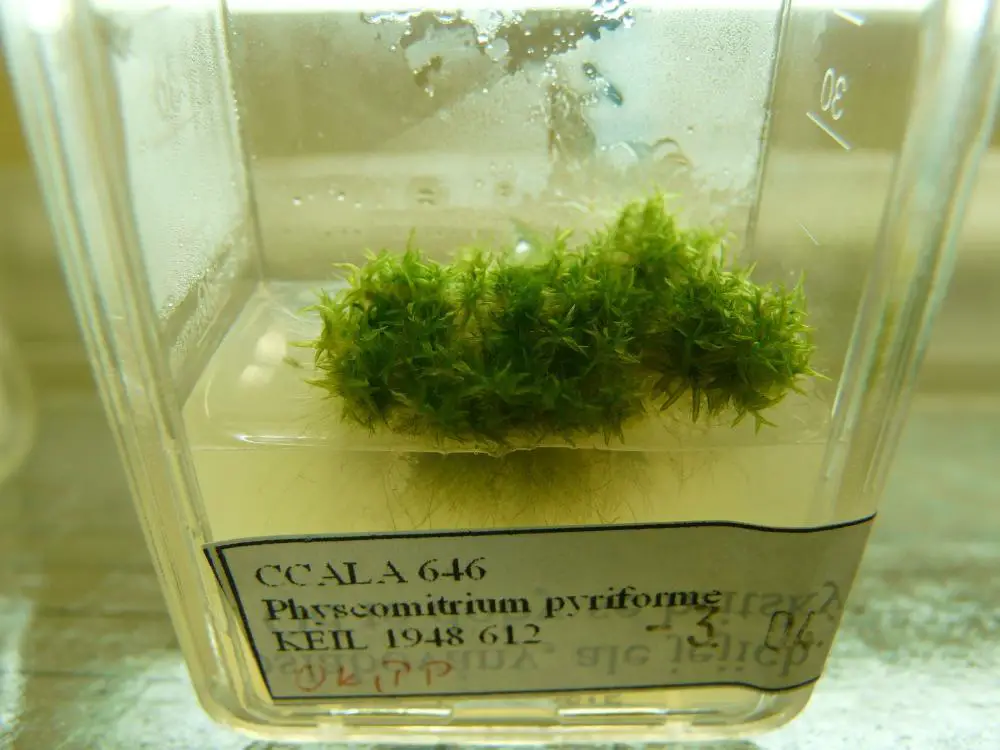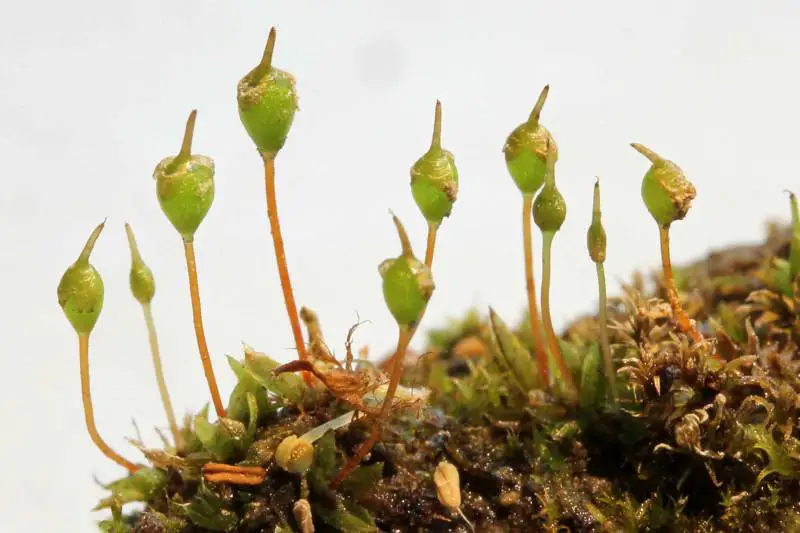
Physcomitrium-pyriforme-0314-e1645032291944-800×600.jpg from: https://www.britishbryologicalsociety.org.uk/learning/species-finder/physcomitrium-pyriforme/
Introduction
Welcome to the fascinating world of Physcomitrium pyriforme (Hedw.) Hampe, a captivating moss species from the Funariaceae family, commonly known as Physcomitrium. This unassuming yet remarkable plant has captured the hearts of bryologists and nature enthusiasts alike, offering a unique glimpse into the intricate tapestry of the plant kingdom.

ccala6463.jpg from: https://ccala.butbn.cas.cz/en/physcomitrium-pyriforme-hedw-brid
Background
Before we delve into the intricacies of Physcomitrium pyriforme, it’s essential to understand the broader context of mosses. These diminutive plants belong to the Bryophyta division, which encompasses a diverse array of non-vascular plants known as bryophytes. Mosses, along with liverworts and hornworts, are classified under the Bryopsida class, forming a vital component of terrestrial ecosystems worldwide.
Main Content
Morphology and Identification
Physcomitrium pyriforme is a striking moss species that boasts a distinctive pear-shaped capsule, from which its name is derived. This capsule, or sporangium, is supported by a slender seta (stalk) and is often adorned with a delicate calyptra (cap) that protects the developing spores. The leaves of this moss are typically

25489051.jpg from: https://waarnemingen.be/photos/25489051/
lanceolate (lance-shaped) and arranged in a spiral pattern around the stem.
One of the most remarkable features of Physcomitrium pyriforme is its ability to produce gemmae, which are specialized reproductive structures that allow the moss to propagate asexually. These tiny, multicellular bodies can detach from the parent plant and develop into new individuals, ensuring the species’ survival and dispersal.
Global Distribution and Habitat
Physcomitrium pyriforme is widely distributed across various regions of the world, including Europe, Asia, Africa, and North America. This cosmopolitan moss thrives in a diverse range of habitats, from moist and shaded areas to disturbed soils and even urban environments.
One of the key factors contributing to the success of Physcomitrium pyriforme is its ability to colonize and thrive in disturbed or recently burned areas. This moss is often among the first pioneers to establish itself in such environments, playing a crucial role in the early stages of ecological succession.
Ecological Roles and Adaptations
Despite their diminutive stature, mosses like Physcomitrium pyriforme play vital roles in various ecosystems. They contribute to soil formation, moisture retention, and nutrient cycling, creating favorable conditions for other plants and organisms to thrive.
Physcomitrium pyriforme exhibits remarkable adaptations that enable its survival and success in diverse environments. Its ability to produce drought-resistant spores and gemmae allows it to withstand periods of desiccation and rapidly recolonize suitable habitats when conditions become favorable.
Case Study: Physcomitrium pyriforme in Urban Environments
In recent years, Physcomitrium pyriforme has gained attention for its ability to colonize urban environments, thriving in cracks and crevices of sidewalks, walls, and other man-made structures. This resilient moss serves as an indicator of environmental quality, as its presence often signifies relatively low levels of air pollution and disturbance.
| Characteristic | Description |
|---|---|
| Gametophyte | Erect, unbranched stems |
| Leaves | Lanceolate, spirally arranged |
| Sporophyte | Pear-shaped capsule on a slender seta |
| Calyptra | Present, covering the developing capsule |
| Gemmae | Produced on specialized structures |
Conclusion
Physcomitrium pyriforme (Hedw.) Hampe is a remarkable moss species that has captured the imagination of naturalists and scientists alike. Its unique morphology, global distribution, and ecological significance make it a fascinating subject of study. As we continue to explore and appreciate the diversity of the plant kingdom, let us ponder the question: What other hidden wonders await discovery in the intricate world of bryophytes?